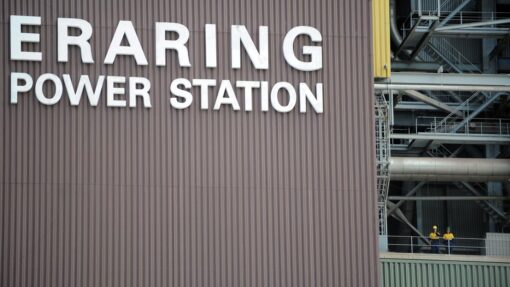Australia needs a ‘wind farm every month’ to meet goals
Jennifer Dudley-Nicholson |

Significant investment in renewable energy projects and faster approvals would be needed for the nation to meets its 2030 climate target.
The head of the Clean Energy Finance Corporation issued the warning at a Sydney event on Tuesday, where attendees also heard renewable electricity would be vital for the nation’s security in addition to its environmental goals.
The announcements follow heated debate over Australia’s 2050 net zero target, and come as the federal Labor government seeks support for changes to environmental laws.
Large investments in renewable energy would be vital to securing Australia’s future, corporation chief executive Ian Learmonth told attendees at the Committee for Economic Development of Australia event.

While renewable sources delivered 40 per cent of energy in the National Electricity Market (NEM), he said progress needed to ramp up to meet Australia’s goal of 82 per cent by the end of the decade.
“In terms of generation in the NEM alone, Australia needs to install an estimated 29 gigawatts of large-scale renewable generation by 2030,” he said.
“That’s about 6.3 gigawatts a year, 520 megawatts per month, (or) a decent wind farm every month.”
Australia had made significant gains in renewable energy investments, Mr Learmonth said, particularly in rooftop solar and household battery installations, as well as low-carbon liquid fuels.
Clear and ongoing commitments to reduce emissions would be needed to attract private capital and boost government investments, he said.
“Our estimate, using Bloomberg, NEF, Reputex and some of our own modelling, is that in order to decarbonise, Australia needs investment of some $500 billion in transmission, generation, storage and electrified transport,” he said.
“Public finance alone cannot do the job.”
The call comes days after nations attending the COP30 conference in Brazil signed an agreement to boost finance for clean energy projects in developing countries to $US1.3 trillion per year by 2035.
Australia’s energy transition would be about more than meeting emission reduction targets, Transgrid chief financial officer Nadine Lennie told attendees.
Ten out of 12 NSW coal units would be retired by 2035 and Australia would need sustainable and dependable replacements.

“If we accept this as reality then the question becomes how do we plan for their retirement in a way that maintains system reliability and stability,” she said.
“This might sound a little bit controversial but … maybe for Australia the transition we are currently going through is less around the environmental factors and, in fact, all about energy security and growth.”
Australia’s energy infrastructure would need upgrades to meet future demands, Endeavour Energy future grid general manager Colin Crisafulli said, but investments by both companies and consumers were helping with the transition.
“I’ve got a lot of optimism that we’re on the right path but we’re probably taking a bunch of parallel paths to get there,” he said.
AAP


